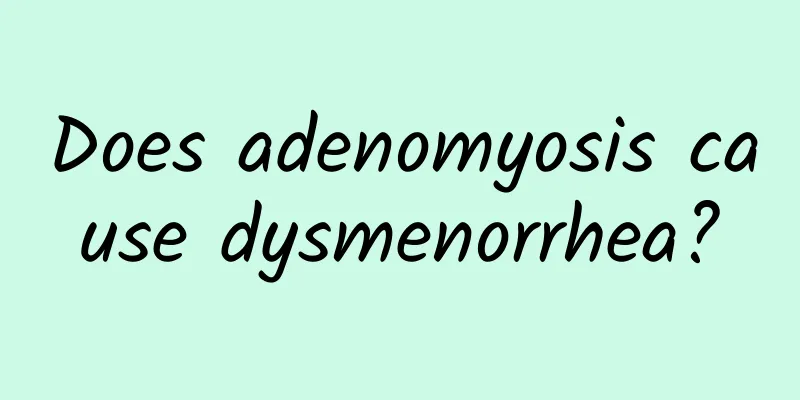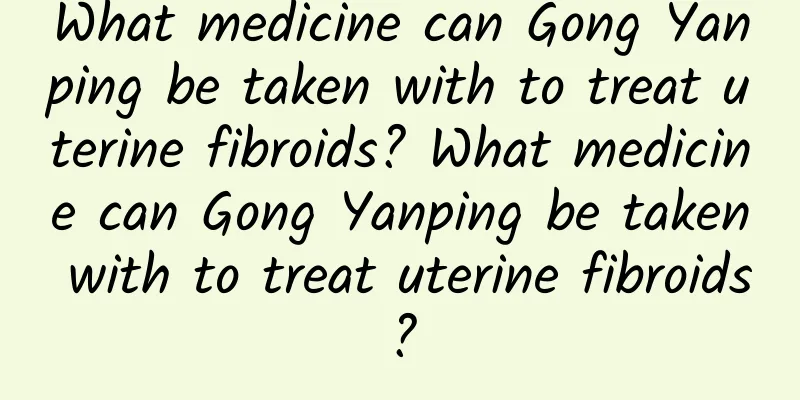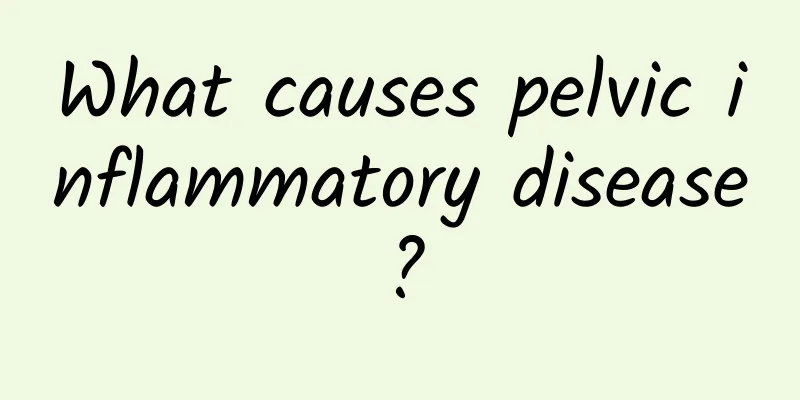How to treat polycystic ovary better

|
For women of childbearing age, polycystic ovary is a common disease, closely related to endocrine, mostly due to excessive male hormones in the body, often manifested as obesity, irregular menstruation, hirsutism, etc. Although this disease is very common, it is one of the main causes of infertility. Therefore, female friends should pay attention to it and actively prevent and treat it. What is Polycystic Ovarian Polycystic ovary is the abbreviation of polycystic ovary syndrome. Under normal circumstances, women only produce a small number of follicles during the menstrual cycle. Patients with polycystic ovary have many follicles of different developmental stages in their ovaries, so this disease is called polycystic ovary. Polycystic ovary is a type of endocrine infertility. It is also related to abnormal glucose metabolism. Polycystic ovary is a common disease in women of childbearing age and needs to be prevented in time. Causes of polycystic ovary At present, there is no authoritative conclusion in the medical community on the cause of polycystic ovary, but there are still several viewpoints that are highly valued. 1. Genetic factors Some experts believe that some patients with polycystic ovary may continue to have the disease in a sex-dominant manner. Female sex chromosome 46 is xx. In patients with polycystic disease, one of the x chromosomes may be partially correct or have an abnormal number of structures. 2. Causes of hormone secretion Endogenous hormone level disorder is one of the main causes of polycystic ovary. High insulin, high androgen, high prolactin and high leptin can cause metabolic abnormalities, leading to the occurrence of polycystic ovary symptoms, which is relatively complicated. 3. Organ dysfunction The cooperation of all organs in the endocrine work line maintains the internal environment. Any slight error in any link will lead to systemic hormone disorder, so organ dysfunction is more serious than simple hormone secretion abnormality. For example, the hypothalamus, pituitary gland, adrenal cortex, etc., the lesions cannot be cured overnight. 4. Abnormal regulation of local ovarian secretionSome scholars believe that there may be some substances in the ovaries of patients with polycystic disease, which may reduce the absorption of follicle-stimulating hormone by ovarian cells, thereby inhibiting follicle development. Dominant follicles cannot be successfully selected. Most of the ovarian follicles in the development stage are immature. 5. Obesity The main function of body fat is the secretion of leptin. The higher the body fat percentage, the more leptin is secreted. Polycystic ovary is prone to endocrine disorders. For women who are eager to have children but have not responded to other treatments, assisted reproduction can help them solve the problem. For example, do an IVF, or mature the eggs in vitro and then try to get pregnant. Although this method can solve the urgent problem first, it does not mean that polycystic ovary can be left alone. After giving birth, female friends should return to treatment as soon as possible. |
<<: What to eat to restore ovarian function
>>: How to treat endometriosis infertility
Recommend
Prevention of uterine fibroids must start from the details
The uterus is a relatively important organ in wom...
What are the causes of ovarian cysts?
Knowing the causes of ovarian cysts plays a posit...
A brief discussion on the prevention and care of cervical erosion
Cervical erosion is a common disease among female...
Early sexual intercourse may induce cervical erosion
Early sexual intercourse may induce cervical eros...
How much does a painless abortion cost?
After not seeing each other for a long time, when...
What should you pay attention to before having an abortion?
What should you pay attention to before having an...
Abnormal leucorrhea and its treatment
Abnormal vaginal discharge is a common gynecologi...
Effective method for treating mild postpartum cervical erosion
The treatment methods for postpartum cervical ero...
Fat Buster! Irisin produced by exercise can burn fat
Doctors often recommend that if you want to lose ...
Imported "fine" beef! Ministry of Health: It will be put into operation within one month at the earliest
The Executive Yuan announced a policy direction o...
Can hot salt compress cure cervicitis? The correct way to treat cervicitis with hot salt compress
Cervicitis is a common gynecological disease that...
What are the common transmission routes of cervical warts?
The occurrence of cervical warts is mainly transm...
Things women with irregular menstruation should pay attention to
Many patients are very clear about the precaution...
What are the symptoms of pseudocervical erosion?
Cervical erosion is not an independent disease, b...
What physical symptoms can ovarian cysts cause?
What are the signs of ovarian cysts? The initial ...









